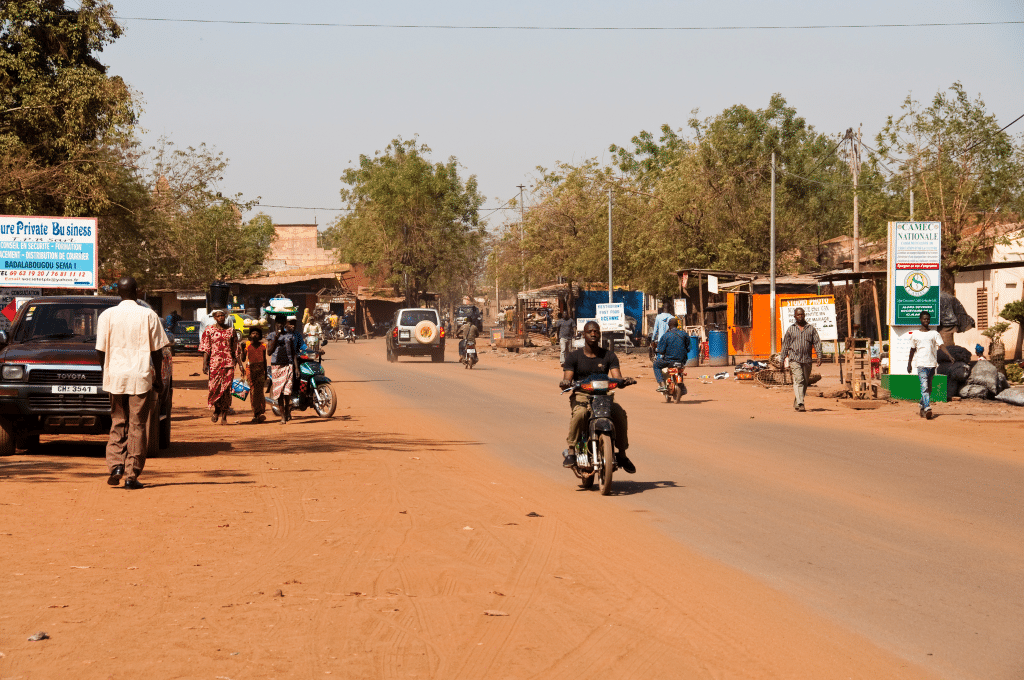With 42°C recorded in places in August 2023, Météo France has estimated that this was the 4th hottest summer ever recorded in France. A logical explanation when you live in a temperate climate zone. However, the temperature is almost normal at the moment in the Sahel, mainly in Burkina Faso, Mali and Niger, even if the experts consider it to be nothing short of a heatwave. But the people of this part of West Africa have had it worse in recent weeks.
Between the end of March and the beginning of April 2024, the Sahel experienced extreme heat, with maximum temperatures of over 45°C and minimum temperatures of 32°C in Burkina Faso, according to the Agence nationale de la météorologie (Anam). In Mali, the town of Kayes even recorded a record temperature of 48.5°C on 3 April 2024. This unprecedented rise in the mercury has had serious repercussions for health, particularly in Mali.
Deaths in Mali
According to the international scientific network World Weather Attribution (WWA), based on media sources, “an increase in hospital admissions and deaths was reported at the Gabriel Touré University Hospital in Bamako, Mali, between 1 and 4 April. The hospital recorded 102 deaths over the four-day period, which is significantly higher than expected – in April 2023, the hospital recorded 130 deaths over the whole month”.
In addition, “although statistics on the cause of death have not been released, around half of those affected were aged over 60, and the hospital says that heat is likely to have played a role in many of these deaths. In addition, 44 bodies were buried in a Bamako cemetery on Friday 5 April after the weekly service”, states the analysis published on 18 April 2024.
A manifestation of climate change
Scientists believe that this unprecedented heatwave, which is also affecting Senegal, Guinea, Nigeria and Chad, is attributable to climate change. “To estimate the influence that human-induced climate change has had on extreme heat since the climate was 1.2°C cooler, we combine climate models and observations. Both the observations and the models show that heatwaves of the magnitude observed in March and April 2024 in the region could not have occurred without the 1.2°C warmer climate to date”, analyses the WWA.
Such extreme weather events “will continue as the climate warms in the future. Over Mali and Burkina Faso, a heatwave like the one observed would be 1°C warmer in a world that is 0.8°C warmer (2°C global warming since the pre-industrial era). An event on the scale observed in 2024 would then no longer be very rare, but would occur 10 times more often than in the current climate”, predict the WWA scientists.
What are the immediate solutions?
In the cities of the Sahel and beyond, extreme heat is exacerbated by rapid urbanisation and the loss of green spaces. The lack of vegetation encourages the formation of urban heat islands in cities such as Ouagadougou in Burkina Faso and Bamako in Mali. In addition to planting trees, sustainable urban planning will involve designing buildings to take account of high temperatures.
Read also- ZIMBABWE: the country is in a state of national disaster due to drought
At the same time, it will be necessary to reinforce the electricity systems that failed during the great wave at the beginning of April, particularly in Mali where load shedding has become more acute, partly because of the debt crisis at the state-owned company Électricité du Mali (EDM). Last week, Mali turned to its neighbour, Niger, which promised to supply 150 million litres of diesel at a competitive price of 328 CFA francs per litre (0.5 euros) over twelve months. This fossil fuel will be used to power Malian thermal power stations to meet electricity demand in the capital Bamako and other major cities in the country.
Jean Marie Takouleu
